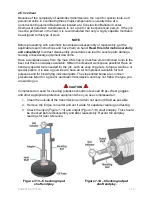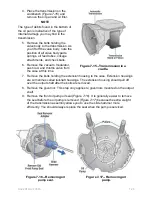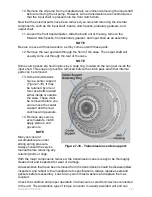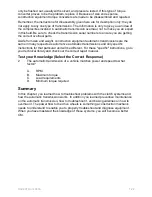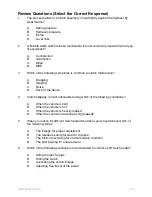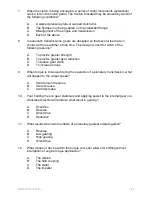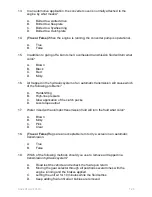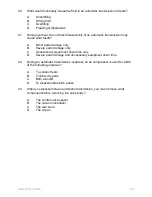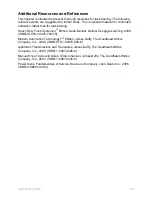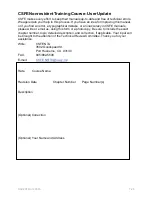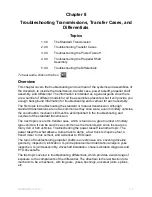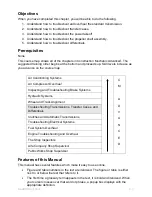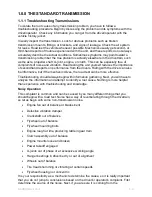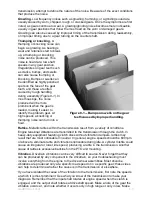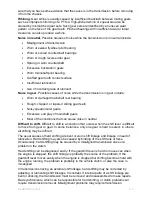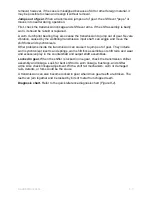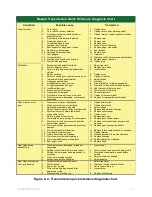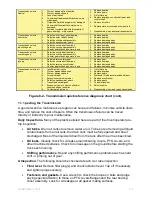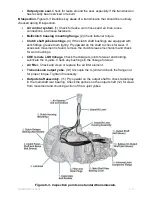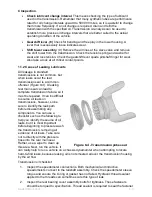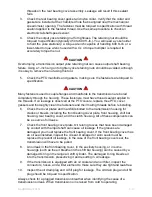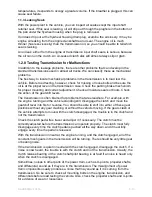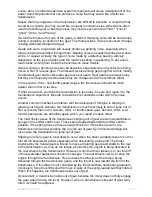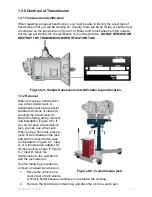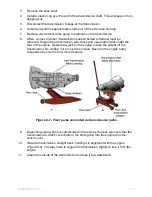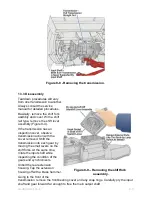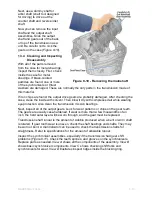
1.0.0 THE STANDARD TRANSMISSION
1.1.1 Troubleshooting Transmissions
To isolate the root cause of any transmission problem, you have to follow a
troubleshooting procedure. Begin by discussing the problem and its symptoms with the
driver/operator. Check any information you can get from the driver/operator with the
vehicle history jacket.
Visually inspect the transmission. Look for obvious problems such as broken
transmission mounts, fittings, or brackets, and signs of leakage. Check the air system
for leaks. Road test the vehicle whenever possible. Mechanics usually get second- or
third-hand reports of trouble experienced with the unit, and these reports do not always
accurately describe the actual conditions. Sometimes symptoms may point toward a
transmission problem but the true problem is actually elsewhere in the drivetrain, such
as the axle, propeller shaft, U-joint, engine, or clutch. This can be especially true of
complaints of noise and vibration. Road testing the unit yourself reduces the importance
of secondhand reports on performance from the drivers. Riding with the driver can also
be informative, but if the mechanic drives, the road test can be more effective.
Troubleshooting should always begin with information gathering. Next, you will have to
analyze the information and attempt to identify a root cause. Nothing is more helpful
than experience with troubleshooting and knowledge.
Noisy Operation
This complaint is common and can be caused by so many different things that you
should begin with a road test. Noise has a way of reverberating through the drivetrain,
so let us begin with some non-transmission noise.
•
Engine fan out of balance or blades bent
•
Defective vibration damper
•
Crankshaft out of balance
•
Flywheel out of balance
•
Flywheel mounting bolts
•
Engine rough at idle, producing rattle in gear train
•
Clutch assembly out of balance
•
Engine mounts loose and broken
•
Power takeoff engaged
•
U-joints out of phase or at excessive working angle
•
Hanger bearings in driveline dry or out of alignment
•
Wheels out of balance
•
Tire treads humming or vibrating at certain speeds
•
Flywheel housing nor concentric
It is your responsibility as a mechanic to determine the cause, so it is really important
that you do not jump to conclusions based on the driver's/ operator's complaint. First
determine the source of the noise. Next, if you are sure it is coming from the
8-4
NAVEDTRA
14050A

